Top 21 Big Data Tools That Empower Data Wizards
ProjectPro
JUNE 6, 2025
Well, in that case, you must get hold of some excellent big data tools that will make your learning journey smooth and easy. Table of Contents What are Big Data Tools? Why Are Big Data Tools Valuable to Data Professionals? Why Are Big Data Tools Valuable to Data Professionals?













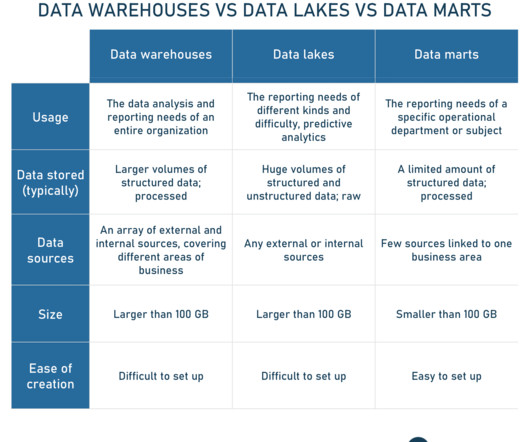









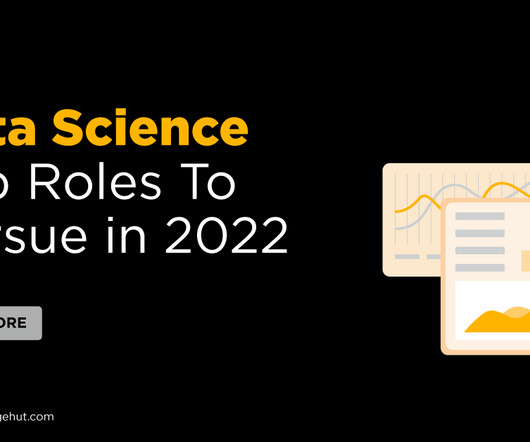


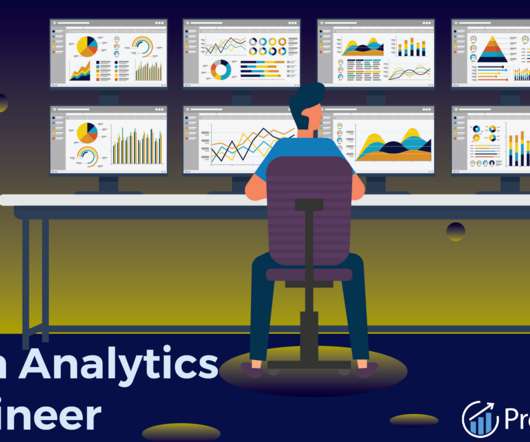
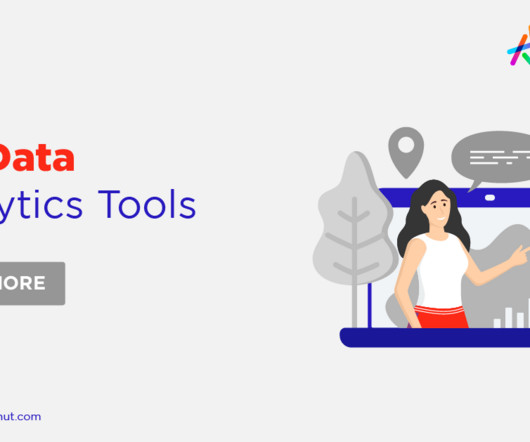
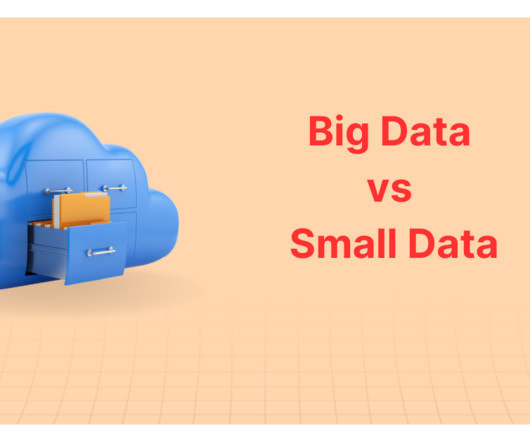
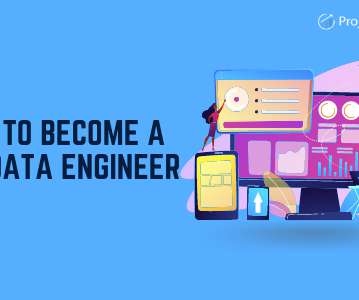
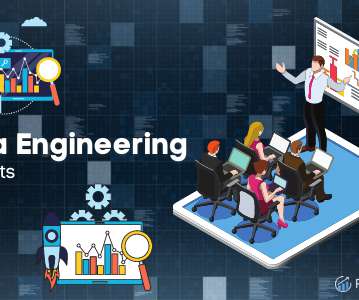
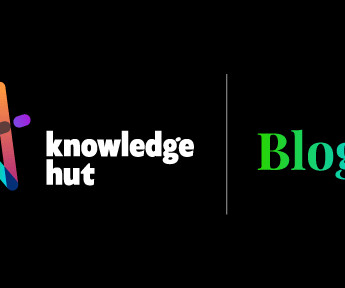
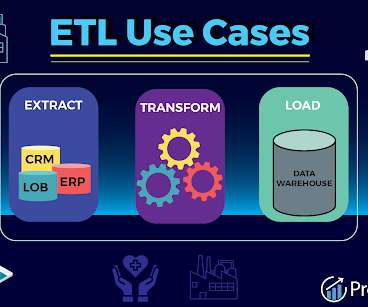
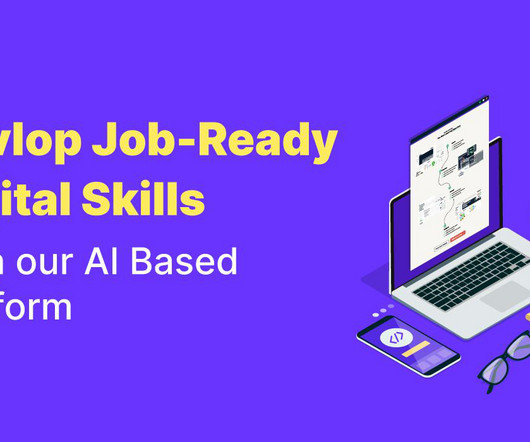
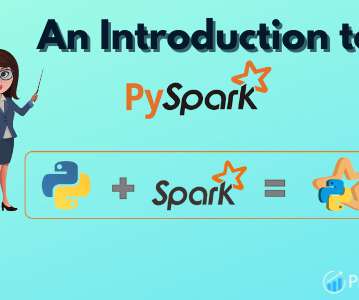
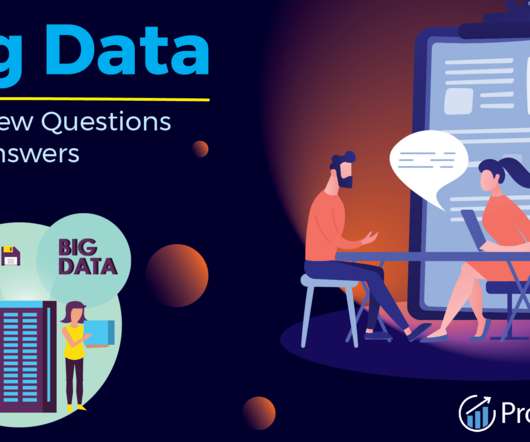









Let's personalize your content